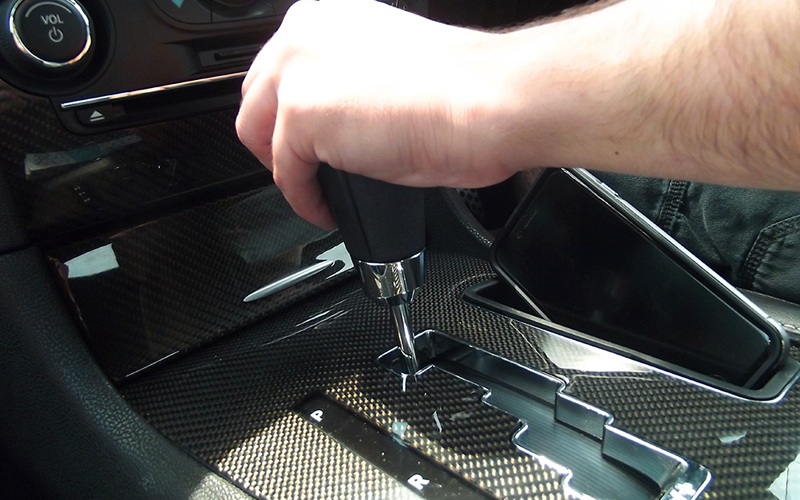Making the Switch from Manual to Automatic Transmission

- Automatic cars are rising in popularity as more people make the switch to electric
- In 2021, over half of all new cars sold had an automatic transmission
- Around 14% of driving tests in the UK are now automatic
There’s always been the common misconception that automatic cars are more expensive to buy. While that can be true, as vehicle technology advances more drivers are making the shift to automatic transmission.
Research conducted by Direct Line in 2022 shows that 14% of all UK driving tests are now taken in automatic cars. Over half (54%) of new cars sold in 2021 also had an automatic transmission.
As the government is set to ban petrol and diesel cars, most new cars on the road will soon be automatic. Find out everything you need to know before making the switch.
How are automatic and manual cars different?
The major difference between a manual and an automatic car is the pedals. In a manual car, you will find three pedals – an accelerator, a brake, and a clutch. When you need to increase or decrease your speed, you’ll change gears.
But an automatic car will do all the work for you. Step inside and you’ll find only two pedals – an accelerator and a brake. While there’s no clutch, there is still a gear selector.
A gear selector has four settings:
Drive – automatically selects the correct gear to move forward
Neutral – like knocking a manual gearbox out of gear and can also be used with the handbrake in standstill traffic
Reverse – as the name suggests, this setting is used for reverse maneuvers
Park – this should only be selected when the car has come to a complete stop. The transmission will be locked and secure the car, but the handbrake should still be applied.
Which is better – manual or automatic cars?
This is down to personal preference but if you are looking to make driving easier – an automatic car is the way to go. There’s no need to worry about changing gears so you can sit back and enjoy the ride.
Other benefits include:
Less chance of stalling
It can be stressful when you stall in busy traffic or even worse when driving uphill. There’s little to no chance of stalling in an automatic car – unless the car develops a mechanical problem.
Better fuel economy
As vehicle technology improves so does efficiency and performance. Automatic cars can offer different driving modes including eco mode which will optimise your drive.
Easier to learn to drive in
It’s not surprising that more learner drivers are choosing to learn in an automatic car. With no need to change gears and no risk of stalling. New drivers can focus on their maneuvers without any distractions.
Safer
Many drivers feel that by keeping both hands on the wheel they feel safer in an automatic car.
But what are the downsides to driving an automatic car?
Higher upfront cost
In the past, automatic cars traditionally cost more to buy or lease. But you can find lots of affordable options on the Motability Scheme.
Expensive repair costs
More complex mechanics are used in automatic cars which can mean higher repair costs. But as part of your worry-free Motability package, all repair costs are included.
More limited
If you pass your driving test in an automatic car you can only legally drive an automatic car and not a manual.
How to adjust to an automatic car
When you first make the switch, there will be a period of adjustment – just as there would be with any new car. But there are a few things that can make the transition easier.
Use the same foot for both pedals
You might be tempted to use your right foot when accelerating and your left foot when braking. But unless your car has been adapted or you have an impairment that requires you to do so, we would advise against it.
Always keep your left foot on the ground and use your right foot to switch between pedals.
Practice on quieter roads
We would always recommend taking your new automatic car for a spin on quieter roads before hitting busy traffic. This can help you build your confidence and avoid getting flustered when driving.
Are most electric cars automatic?
Most electric cars have an automatic gearbox and the electric motor works to maintain your speed without having to change gears.
It’s worth keeping this in mind as the government starts to phase out petrol and diesel cars for electric cars.
Lease an automatic car through the Motability Scheme
Ready to make driving easier and switch to an automatic? There is a huge range of choices on the Motability Scheme. To find the perfect automatic car for you, filter by transmission on our Motability car search tool.
Our Motability specialists are also here to help. Get in touch with your local dealership for expert advice.